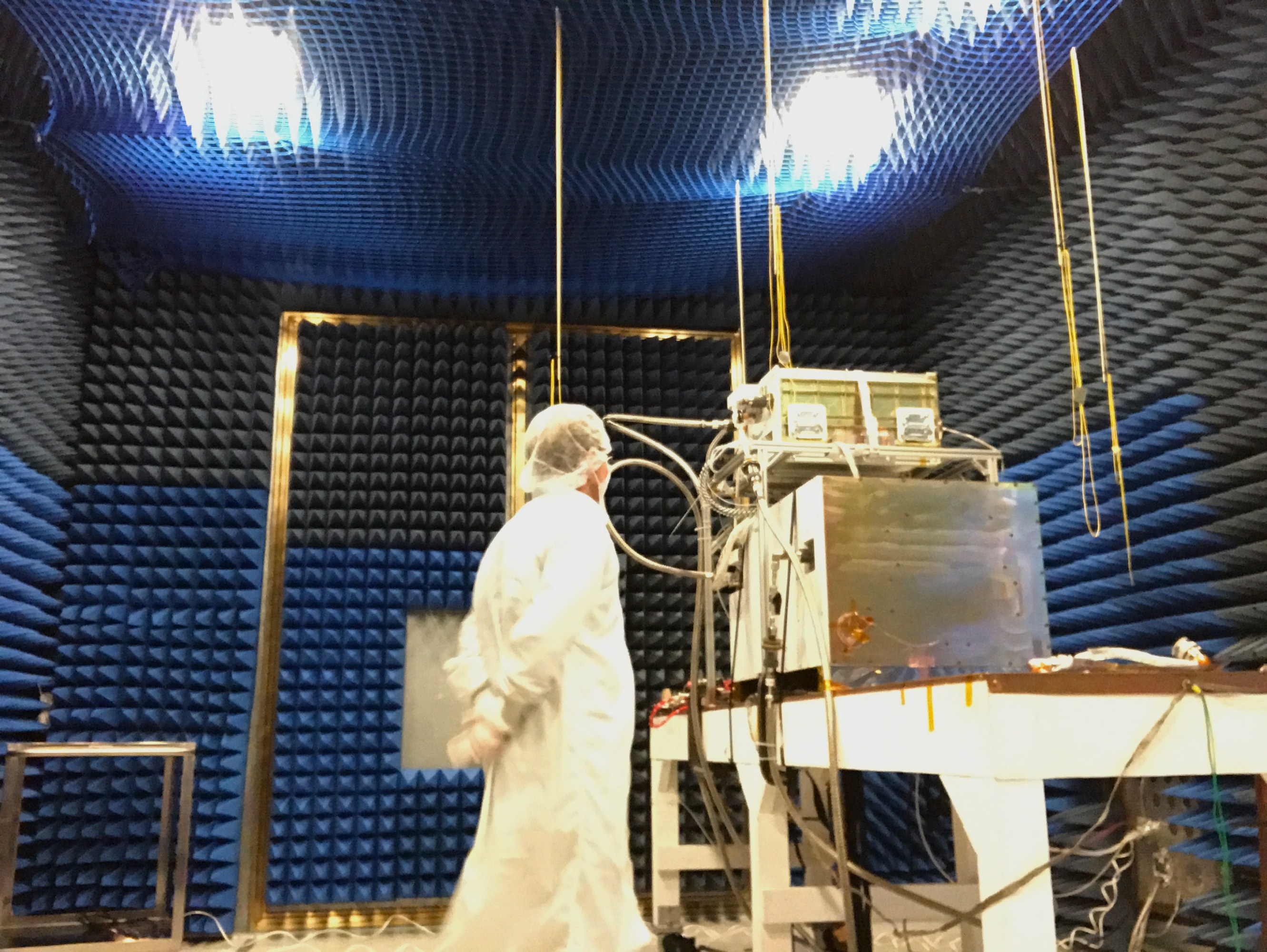The general idea when making a BEC is to inject atoms (in the case of CAL, rubidium and potassium) into an ultra-cold chamber to slow them down. A magnetic trap is then created in the chamber with an electrified coil, which is used along with lasers and other tools to move the atoms into a dense cloud. At this point the atoms “kind of blur into one another,” says David Aveline, a physicist at NASA’s Jet Propulsion Laboratory, and the lead author of the new study.
To run experiments using a BEC, you need to turn down or release the magnetic trap. The cloud of crowded atoms will expand, which is useful because BECs need to stay cold, and gases tend to cool off as they expand. But if the atoms in a BEC get too far apart, they no longer behave like a condensate. This is where the microgravity of low Earth orbit comes into play. If you try to increase the volume on Earth, says Aveline, gravity will just pull the atoms in the center of the BEC cloud down to the bottom of the trap until they spill out, distorting the condensate or ruining it entirely. But in microgravity, the tools in the CAL can hold the atoms together even as the trap’s volume increases. That makes for a longer-lived condensate, which in turn allows scientists to study it longer than they could on Earth (this initial demonstration ran for 1.118 seconds, although the goal is to be able to detect the cloud for up to 10 seconds).

Though only a first step, the CAL experiment could one day allow BECs to form the basis of ultra-sensitive instruments that detect faint signals from some of the universe’s most mysterious phenomena, like gravitational waves and dark energy. From a more practical perspective, Aveline believes the team’s work could pave the way for better inertial sensors. “The applications range from accelerometers and seismometers to gyroscopes,” he says.
In the meantime, the researchers get to play around with CAL, which Aveline describes as a system of “knobs to turn,” to create unique conditions for experimenting with atoms. The team now knows it can create Bose-Einstein condensates in space. The next step is tweaking the settings to see what happens to them when the knobs are turned to 11, so to speak.


